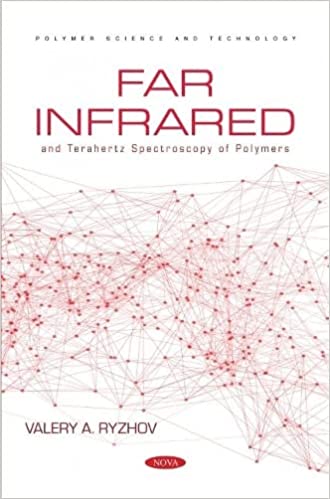
English | 2022 | ISBN: 978-1685076627 | 186 pages | True PDF | 17.21 MB
The presented work summarizes and systematizes an extensive experimental material of the results of studying polymers using spectroscopy in the low-frequency infrared region. Today, spectroscopic studies in the far infrared region are becoming an important tool for characterizing the physical properties of polymers, determined by molecular dynamics and the level of molecular interactions. Low-frequency spectroscopy of intermolecular interactions is the original and most informative source and criterion for establishing the presence of a hydrogen bond in biological substances, multiplets and clusters in ionomers, a criterion for crystallinity, etc. Far IR spectroscopy has proven to be productive in deciphering the molecular nature of solid-state (δ, β, and γ) relaxation transitions in polymers. This was the result of (1) evaluating the potential barriers and sizes of molecular motion units from the spectra, (2) finding empirical correlations between the spectral parameters and molecular characteristics of polymers, and (3) comparing the results with activation barriers for relaxation transitions.
[center]
[/center]



